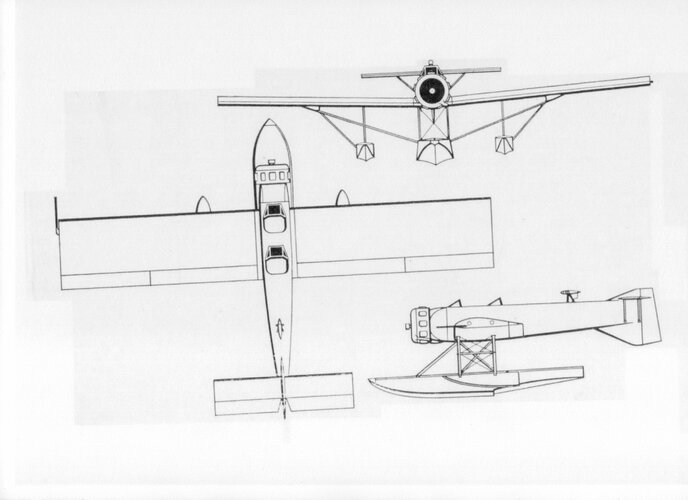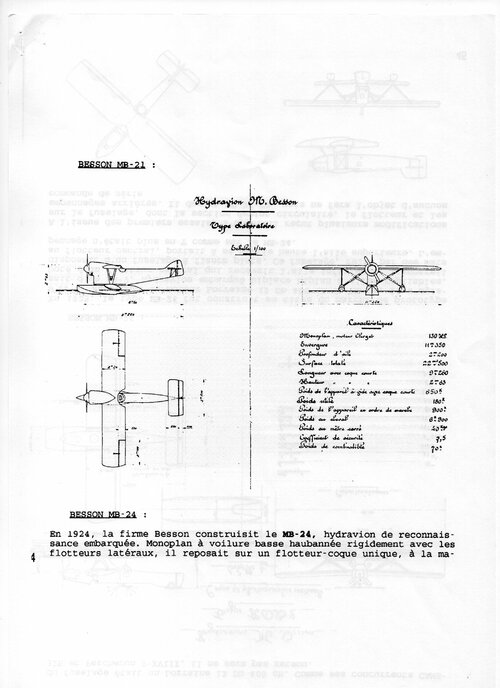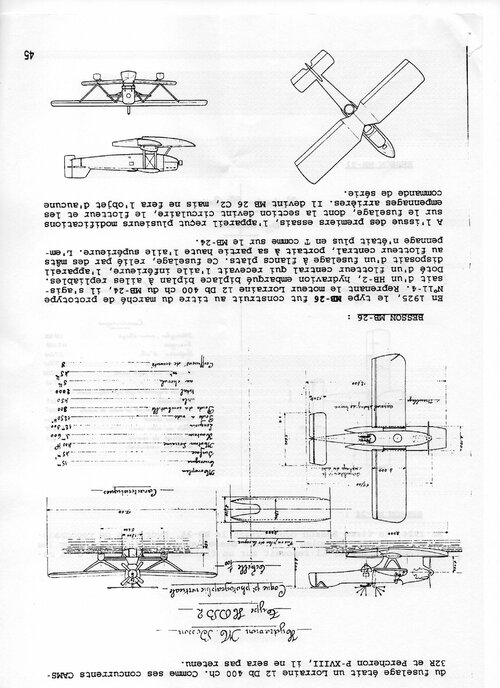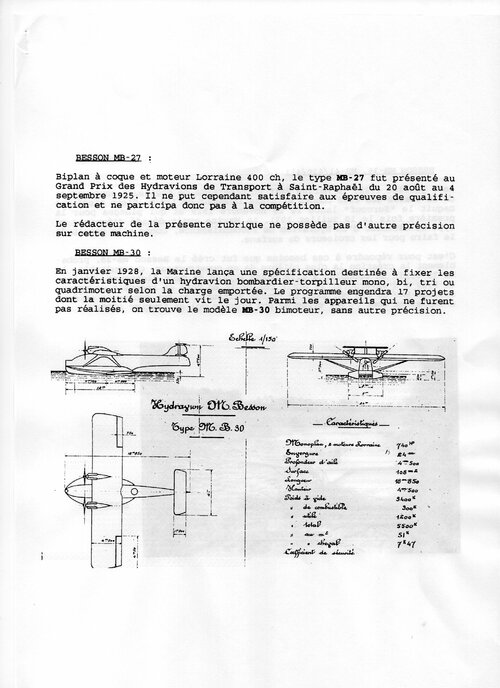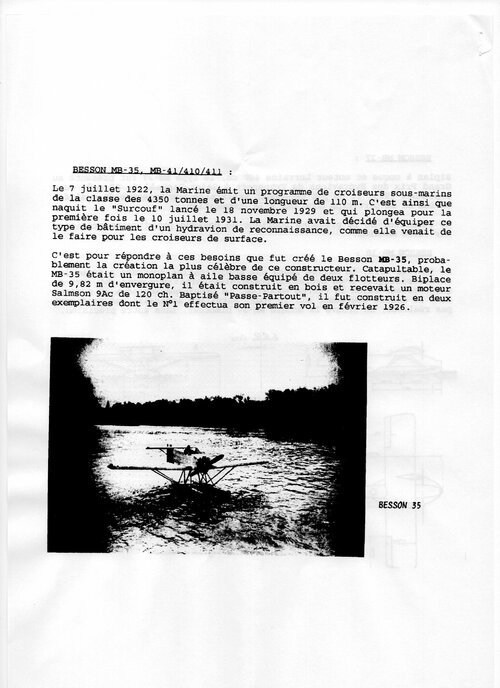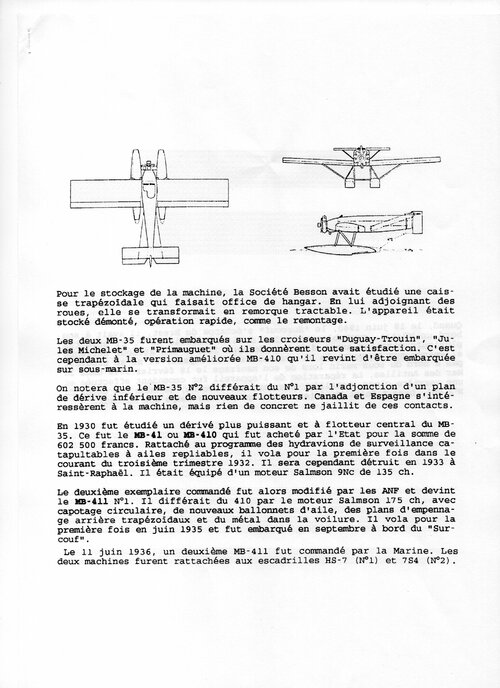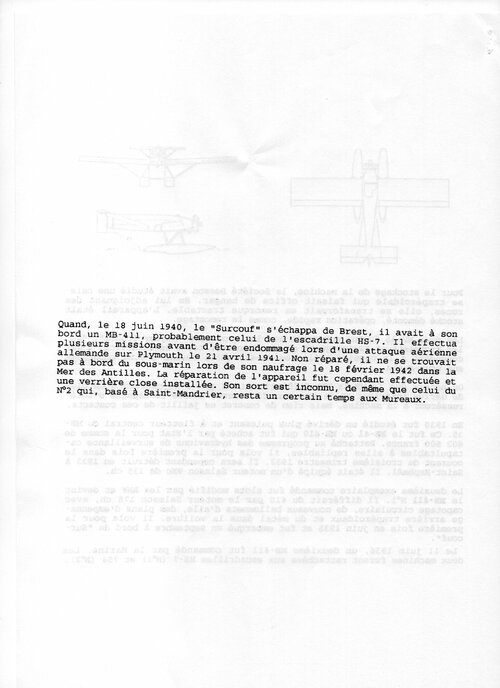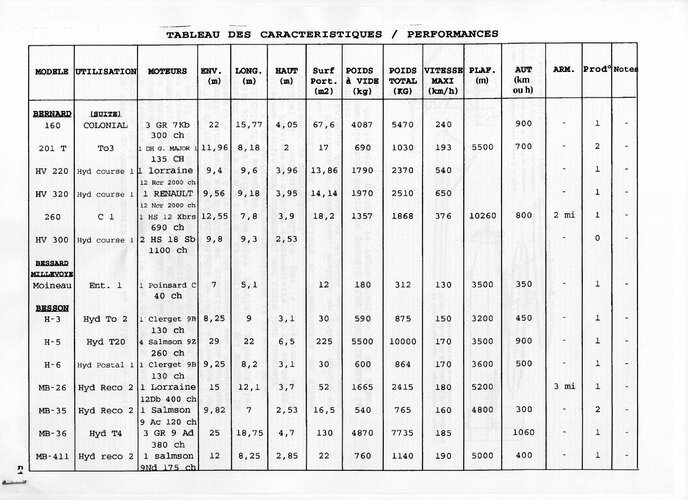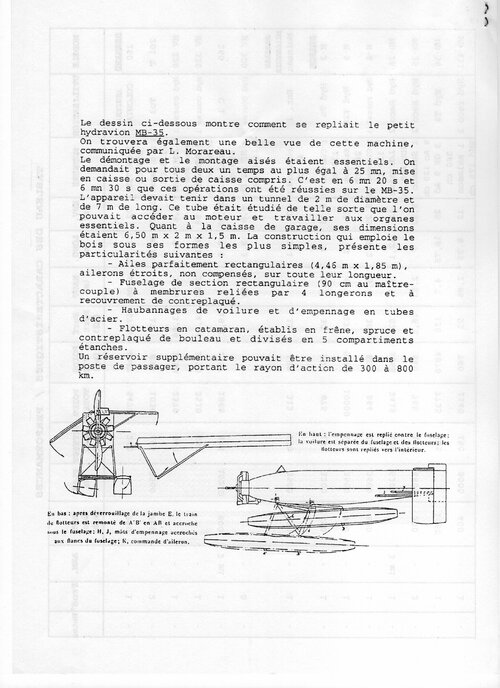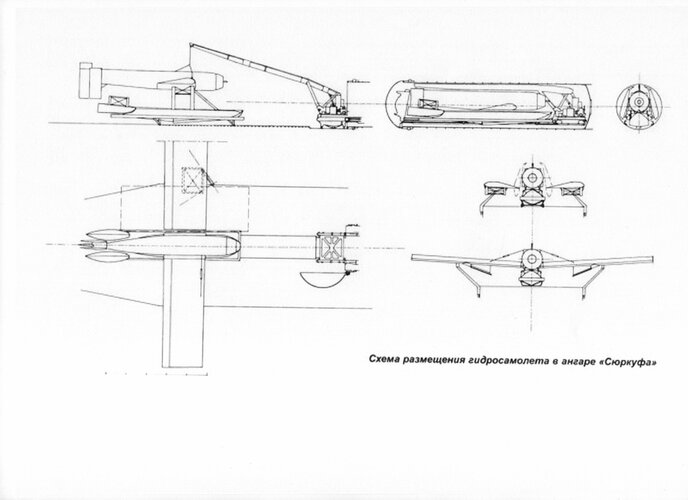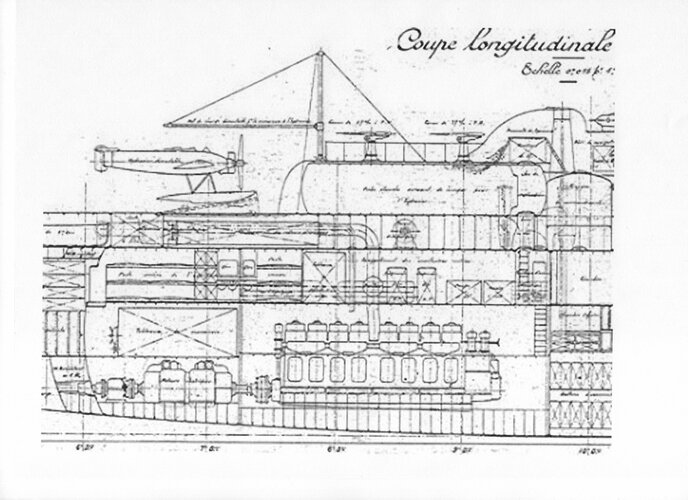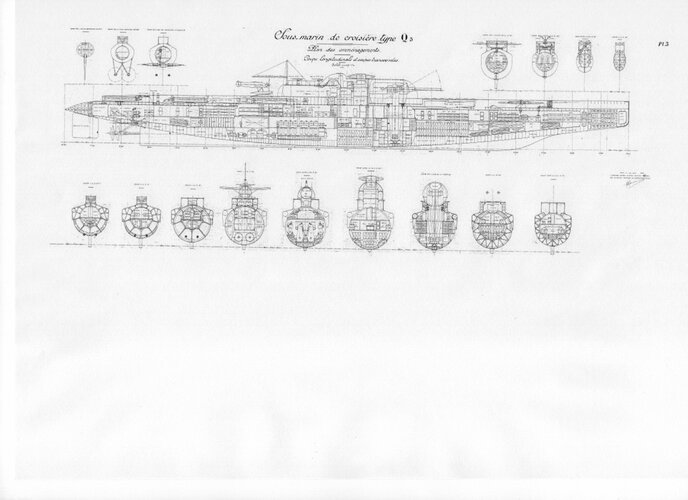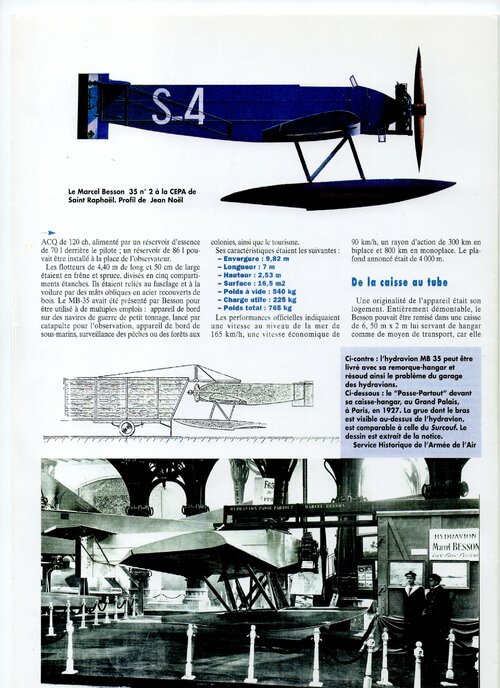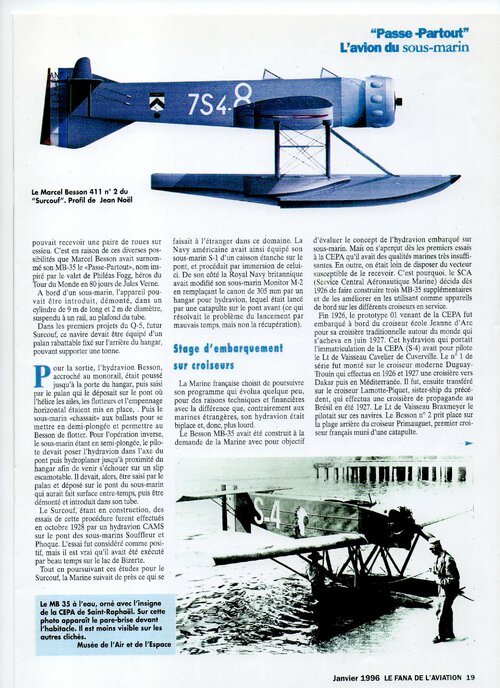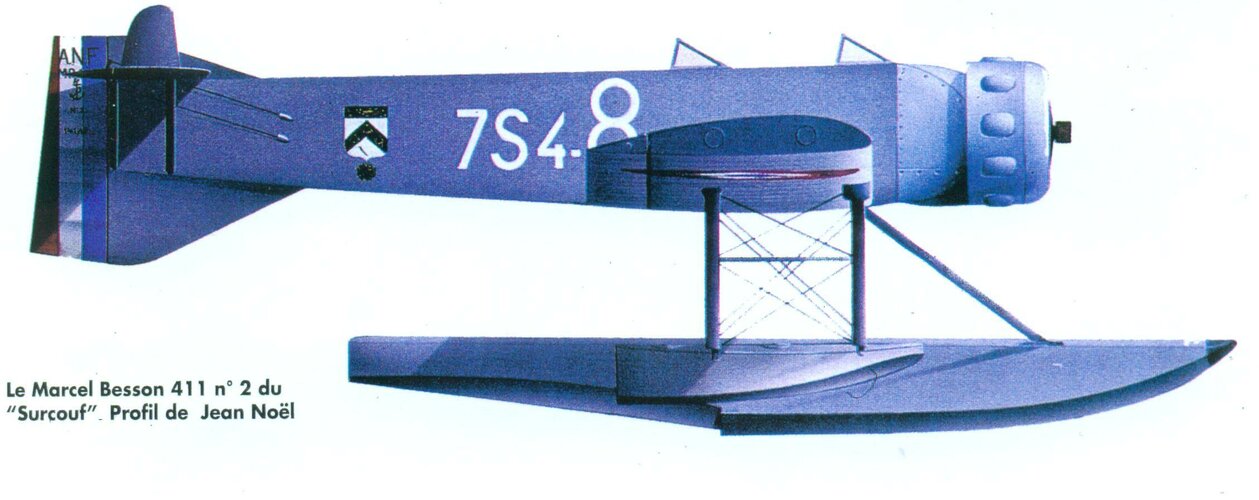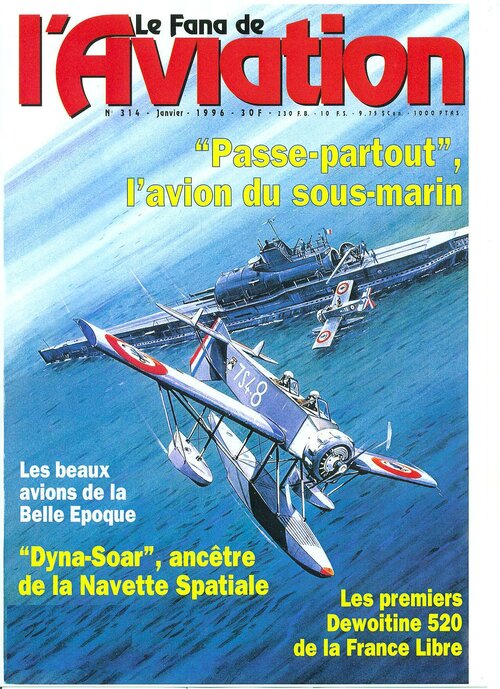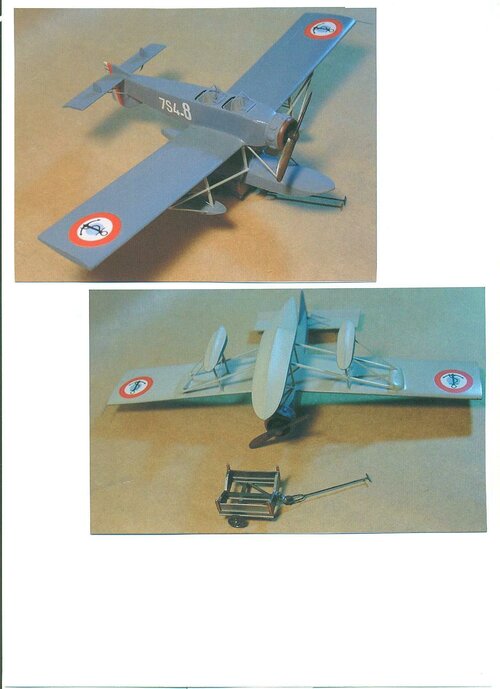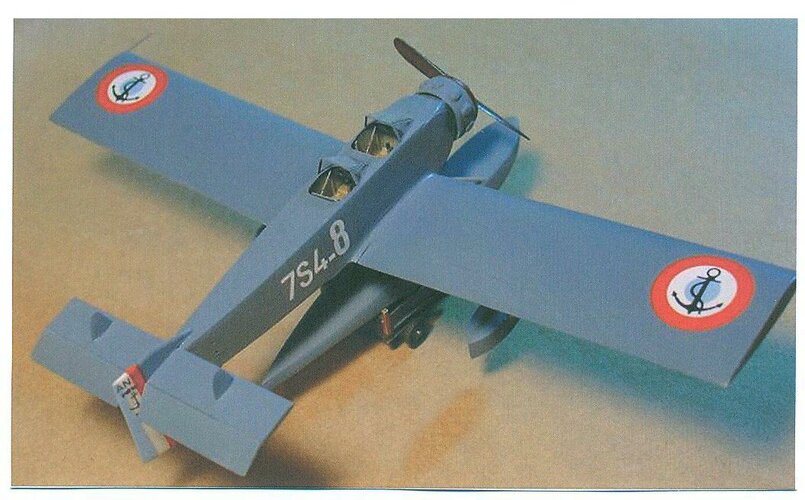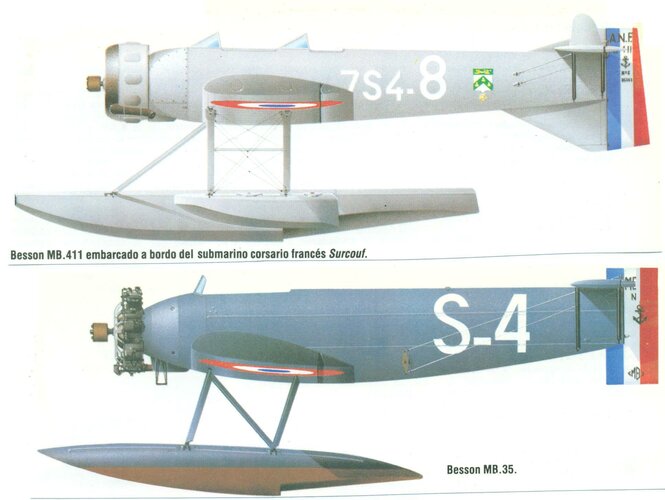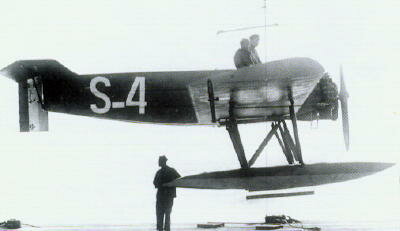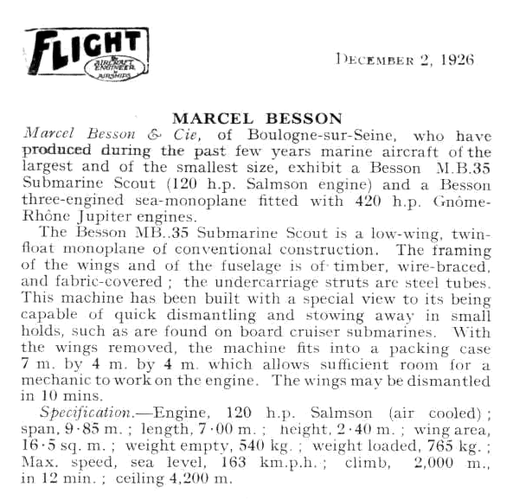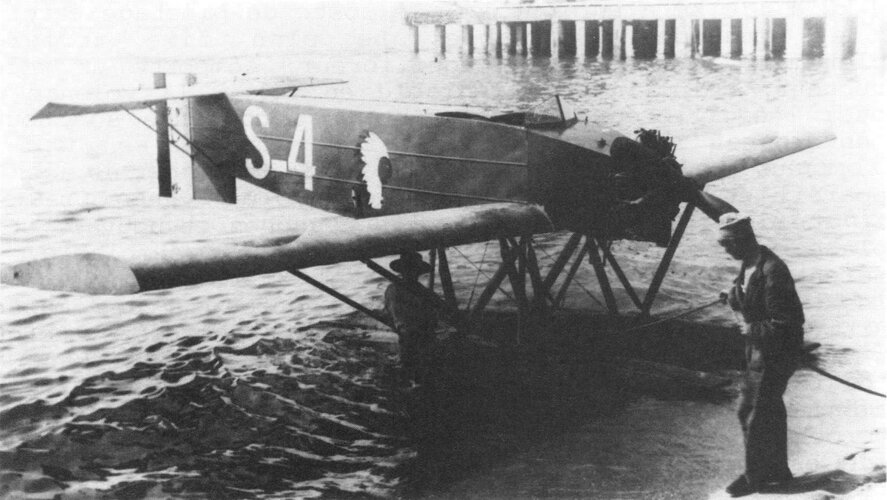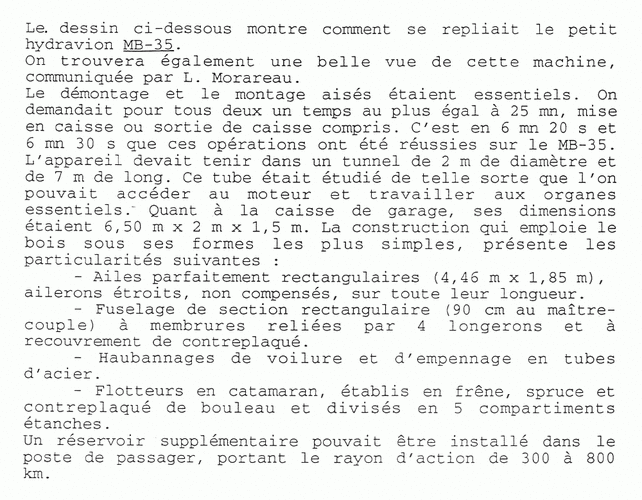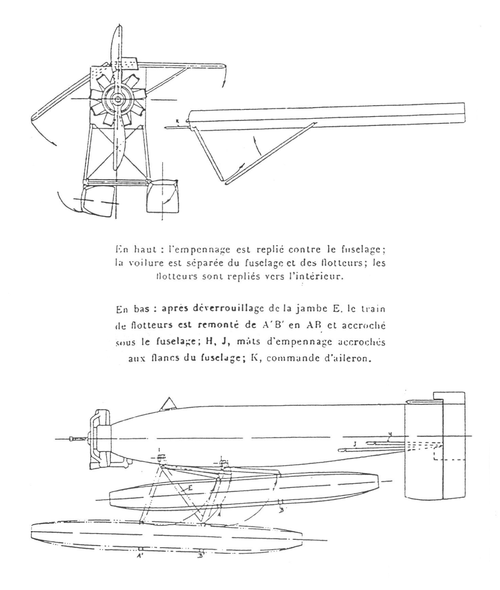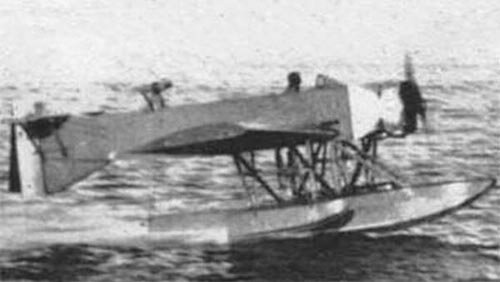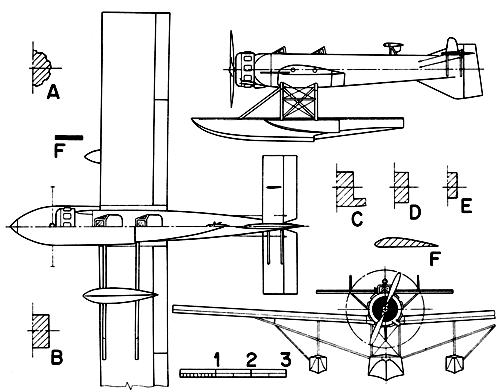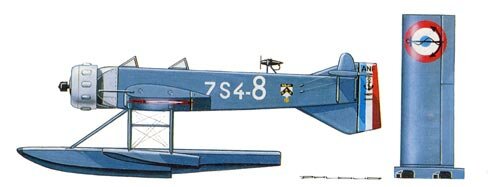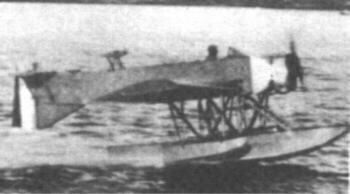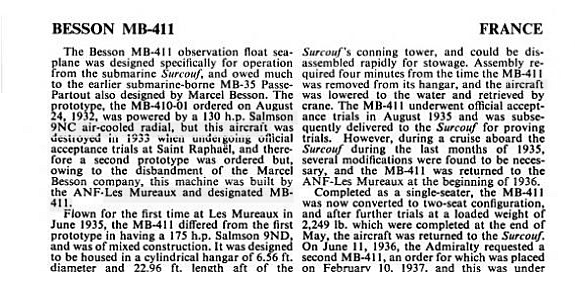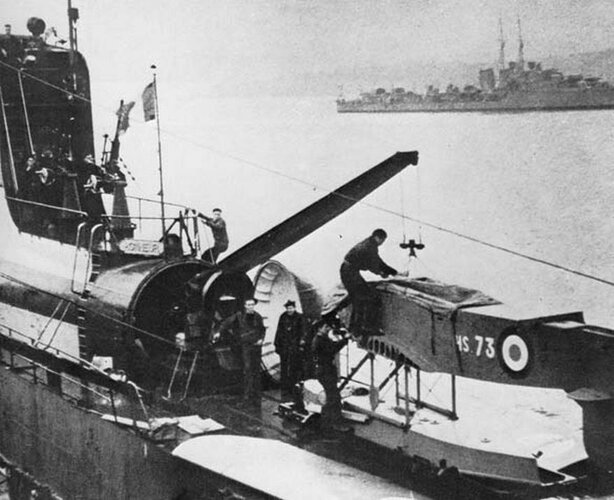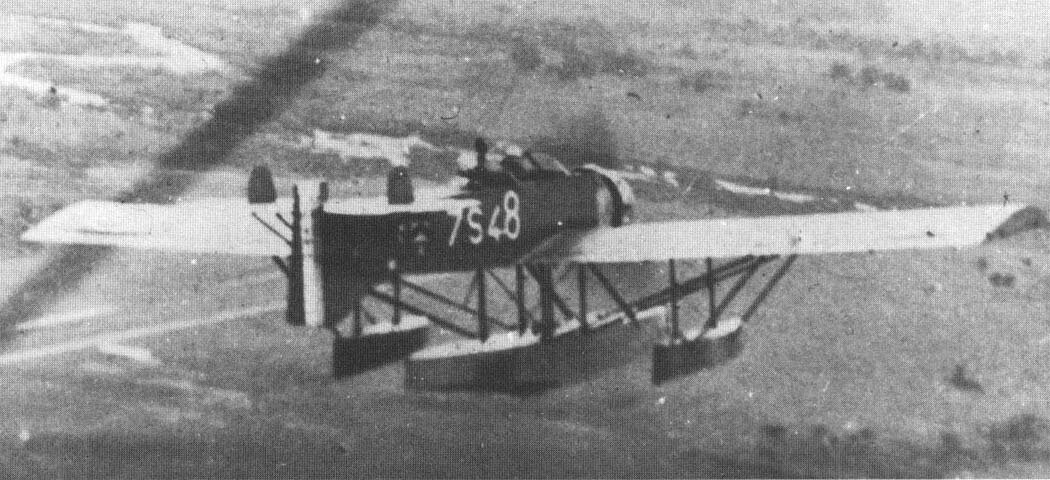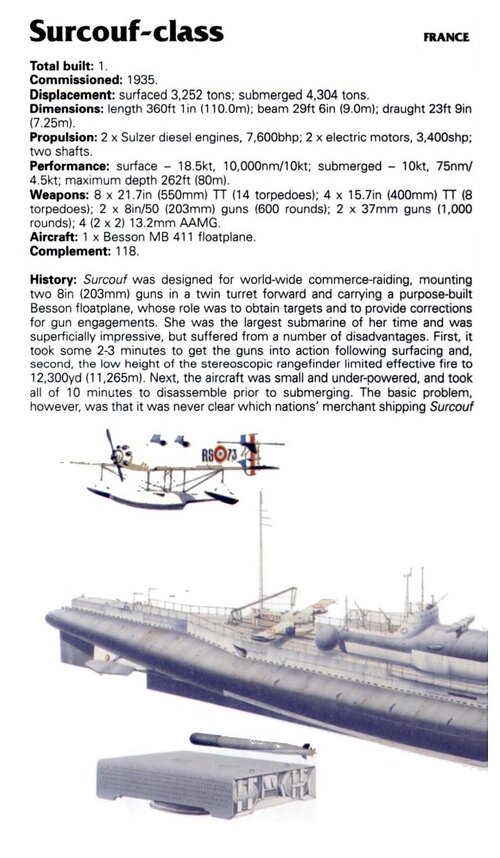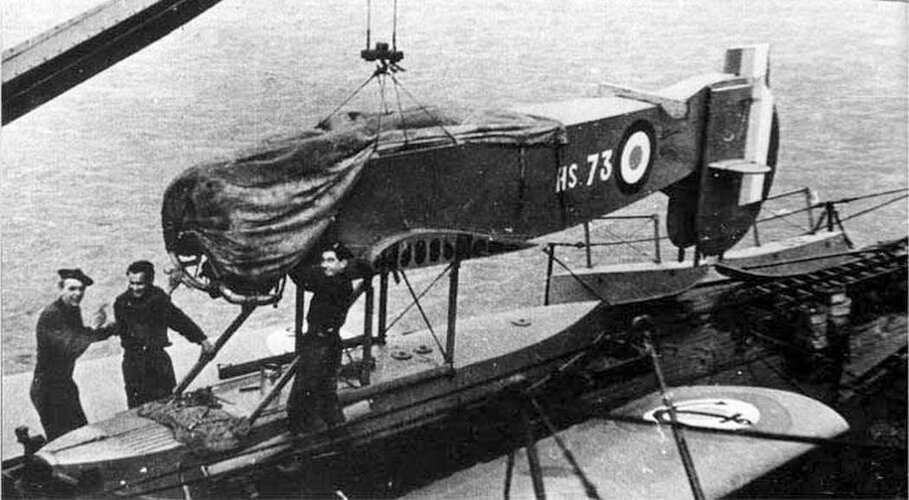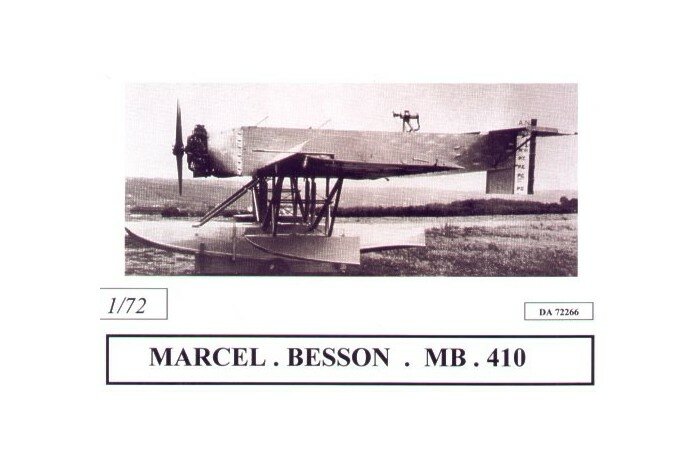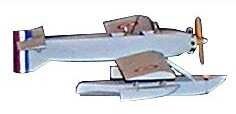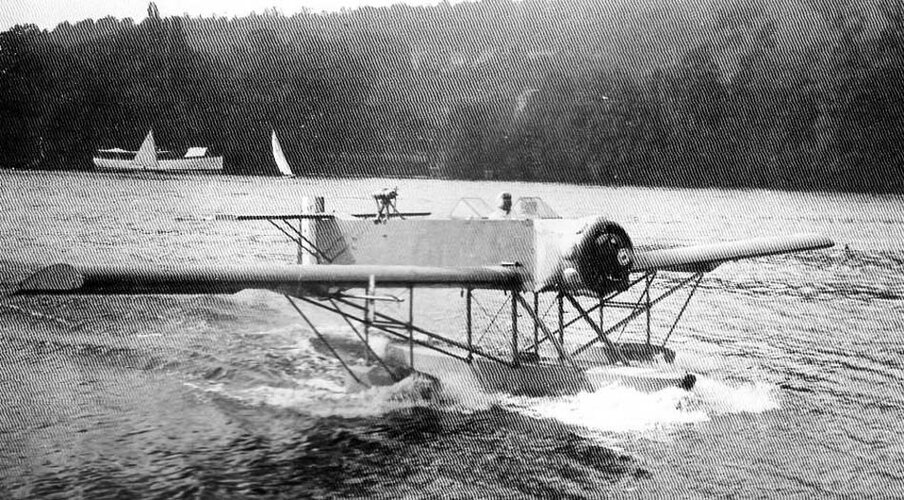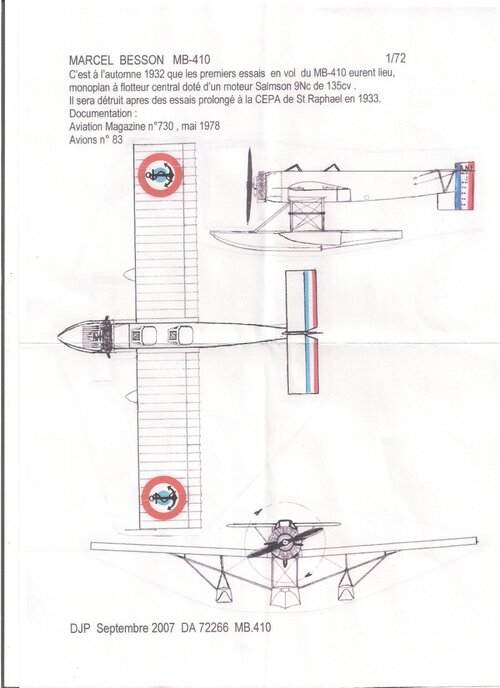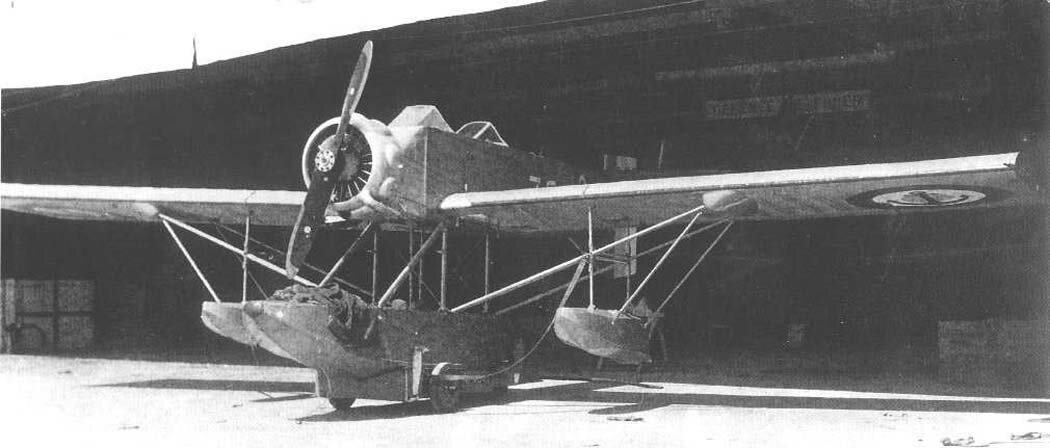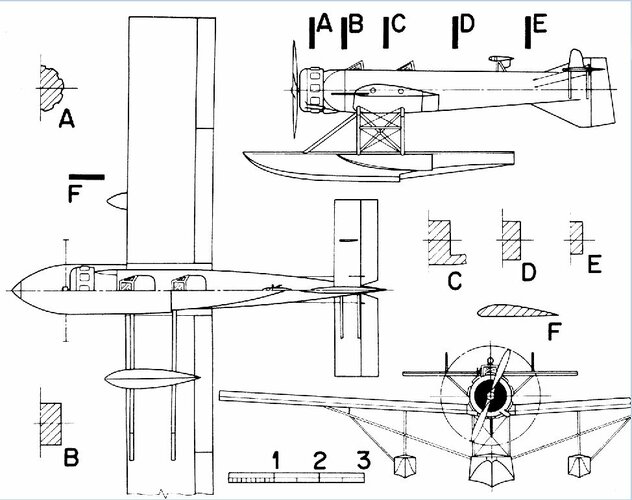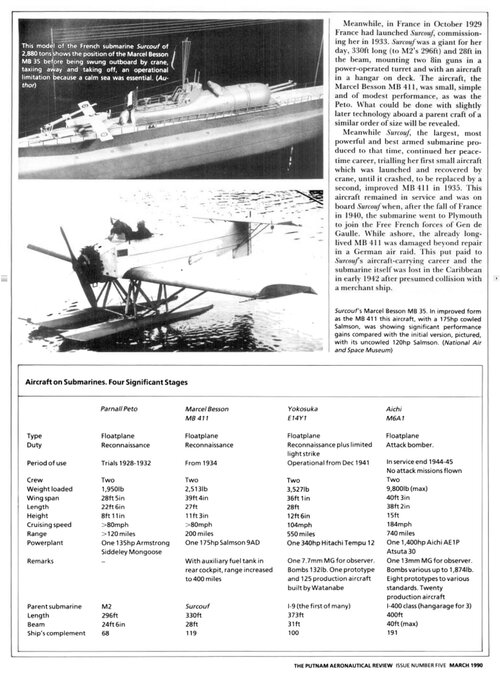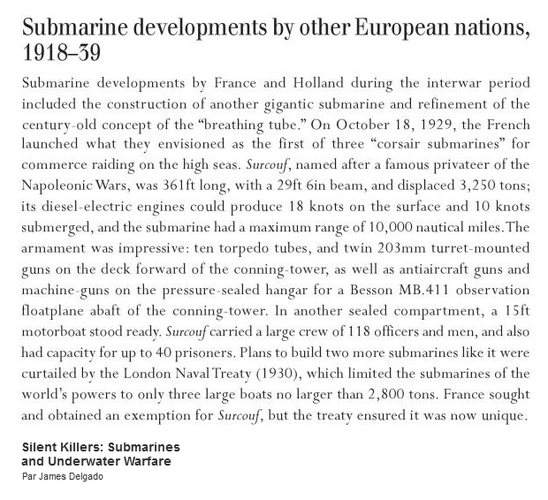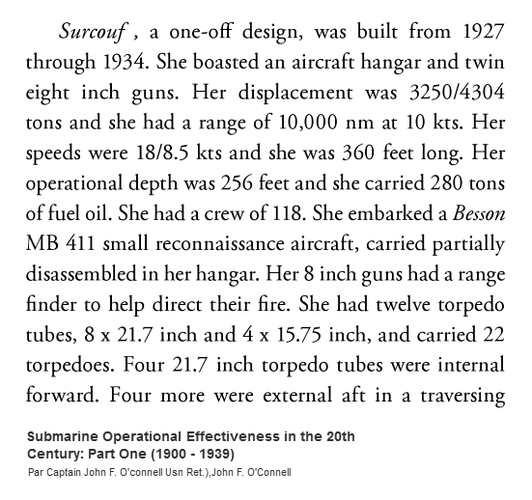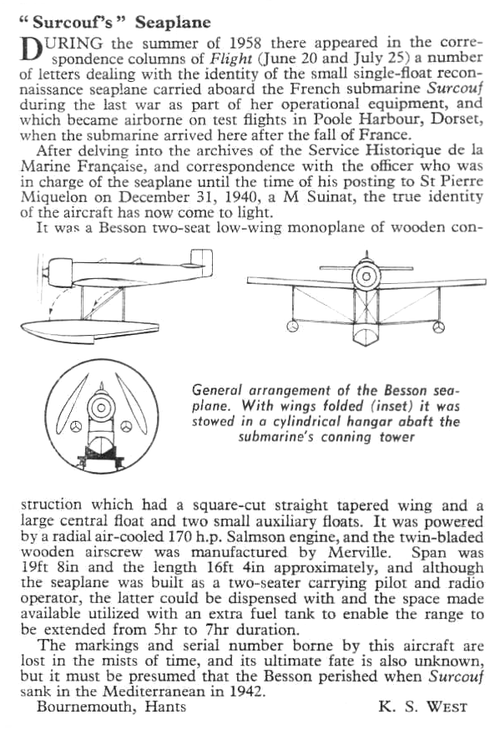F.L.
ACCESS: Top Secret
The Besson MB.35 "Passe-Partout" and its derivatives MB.41 and MB.411 are French observation seaplanes designed to operate from the submarine cruiser Surcouf.
Two MB.35 prototypes were produced, one of which was lost by accident, and the second was converted into the MB.410 prototype was destroyed in a fatal accident during testing.
Only two MB.411 serial units were produced.
In autumn of 1934, the first MB.411 was sent to Brest for boarding trials on the Surcouf. The aircraft made its first flight at Le Mureau in June 1935. Surcouf then took the Besson MB.411 to the Caribbean arriving in September 1935 for sea trials. In January 1936 MB.411 returned to Mureaux for changes. The second MB.411 was completed in February 1937, made its first flight December 1937 and was delivered July 1938. It replaced the first in the Surcouf.
Of the two MB.411s, one will be used by the Escadrille Aeronavale 7-S-4 in France, based at Saint-Mandrier, and the second will be brought to England with the Surcouf.
It remains there after the submarine cruiser leaves for the Pacific, and was damaged by a German air raid on Plymouth in April 1941. Contrary to common belief, his career didn't end there.
It was repaired and modified, with new tail and modified wings, then used by the 765 Naval Air Squadron at RNAS Sandbanks until it was withdrawn for lack of spares. The Fleet Air Arm is the second operator of this highly unusual floatplane. It's nickname in British service was "Petrel".




Two MB.35 prototypes were produced, one of which was lost by accident, and the second was converted into the MB.410 prototype was destroyed in a fatal accident during testing.
Only two MB.411 serial units were produced.
In autumn of 1934, the first MB.411 was sent to Brest for boarding trials on the Surcouf. The aircraft made its first flight at Le Mureau in June 1935. Surcouf then took the Besson MB.411 to the Caribbean arriving in September 1935 for sea trials. In January 1936 MB.411 returned to Mureaux for changes. The second MB.411 was completed in February 1937, made its first flight December 1937 and was delivered July 1938. It replaced the first in the Surcouf.
Of the two MB.411s, one will be used by the Escadrille Aeronavale 7-S-4 in France, based at Saint-Mandrier, and the second will be brought to England with the Surcouf.
It remains there after the submarine cruiser leaves for the Pacific, and was damaged by a German air raid on Plymouth in April 1941. Contrary to common belief, his career didn't end there.
It was repaired and modified, with new tail and modified wings, then used by the 765 Naval Air Squadron at RNAS Sandbanks until it was withdrawn for lack of spares. The Fleet Air Arm is the second operator of this highly unusual floatplane. It's nickname in British service was "Petrel".
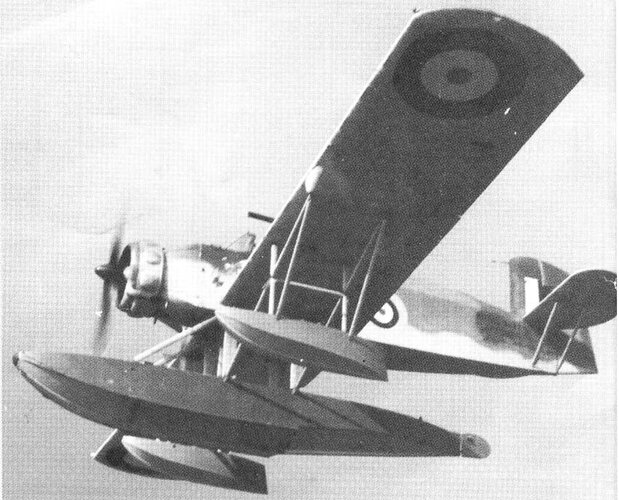
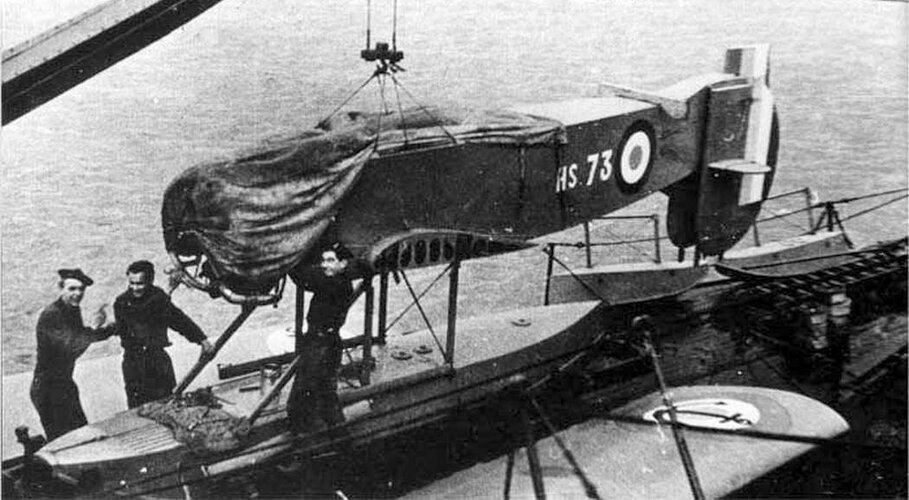
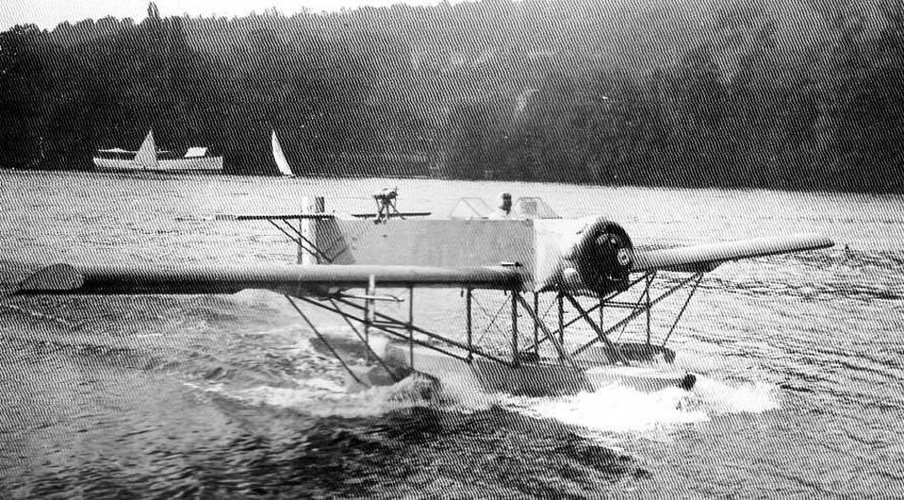
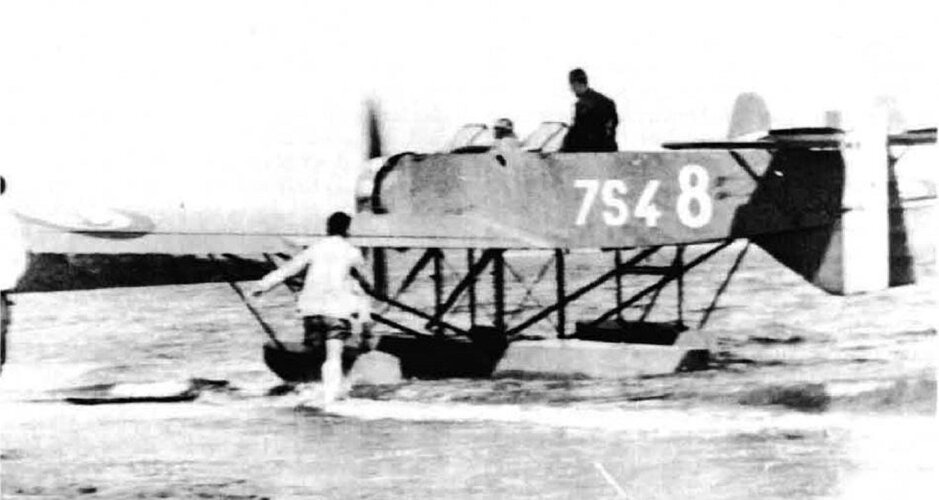
Last edited:

